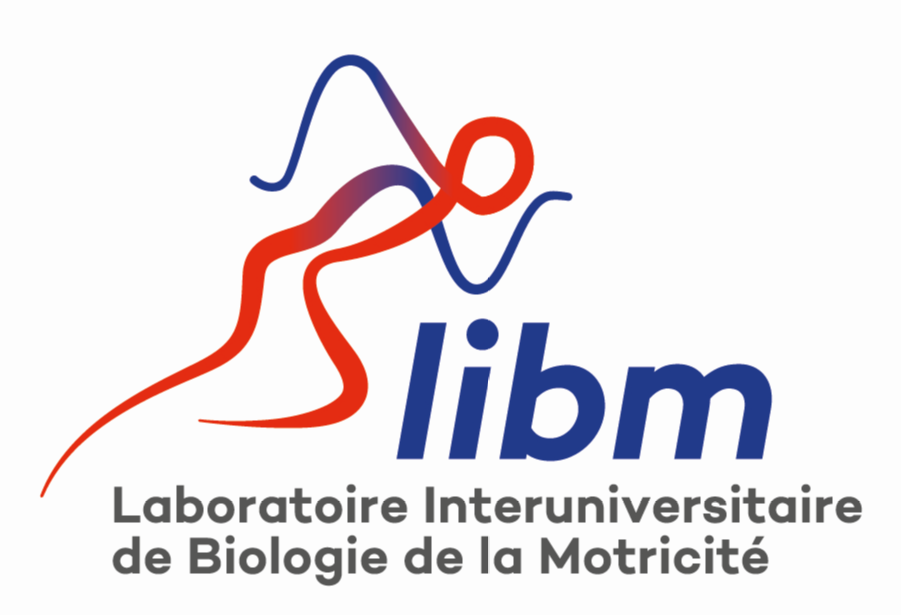Indicators of Return to Sports at Preinjury Levels Following Surgery for Chronic Ankle Instability: Comparison of ALR-RSI, AOFAS, and Karlsson Scores
Résumé
Background: While there are several scales for measuring patients’ outcomes after chronic ankle instability (CAI) surgery, a study comparing the predictive ability of these scores with regard to return to sports (RTS) at the preinjury level is lacking. Purpose/Hypothesis: The purpose of this study was to compare the Ankle Ligament Reconstruction–Return to Sport After Injury (ALR-RSI), American Orthopaedic Foot and Ankle Society (AOFAS), and Karlsson scores in predicting 2-year RTS outcomes after arthroscopic treatment of CAI. It was hypothesized that ALR-RSI would be superior in predicting 2-year RTS outcomes after CAI surgery and that a quantifiable increase in this score would significantly improve RTS outcomes. Study design: Cohort study; Level of evidence, 2. Methods: This prospective cohort study analyzed patients who underwent surgery for CAI at a sports surgery center between 2016 and 2018. The inclusion criteria focused on adult patients undergoing their first surgery for CAI with a minimum 2-year follow-up. The primary outcome was RTS at 2 years. The study evaluated 3 scores at 1 year postoperatively to predict RTS at the same level as the preinjury level at 2 years—ALR-RSI, AOFAS Ankle-Hindfoot Scale, and Karlsson score. The most predictive score, with its corresponding optimal threshold, was determined using the receiver operating characteristic (ROC) curve. This threshold signifies the score value above which the likelihood of RTS at the preinjury level is significantly increased. Once identified, the secondary outcome evaluated the impact of a 10-point increase in this score on RTS, after adjusting for confounding factors. Results: A total of 159 patients (age, 35.7 ± 11.4 years) were included. Two years after surgery, 40.25% of patients returned to their preinjury level of sports. ROC curve analysis of the tested scores at 1-year postoperatively showed the ALR-RSI score had the best predictive ability for RTS (area under the curve [AUC], 0.70 [95% CI, 0.6-0.77]), whereas Karlsson and AOFAS scores were less predictive (AUC, 0.53 [95% CI, 0.43-0.63] and 0.61 [95% CI, 0.52-0.70], respectively). The optimal threshold for the ALR-RSI score was identified at 83 (Youden index = 0.35, sensitivity = 63%, and specificity = 71%). Confounder identification revealed earlier surgery and arthroscopic techniques were associated with higher RTS rates. A 10-point increase in the ALR-RSI score correlated with increased odds of RTS (1.27 [95% CI, 1.12-1.46]; P = .0004) in univariate analysis and (1.29 [95% CI, 1.06- 1.61]; P = .01) in multivariate analysis. Conclusion: This study showed that none of the scores were great predictors of RTS after surgery for CAI. The ALR-RSI score was a stronger predictor of RTS to the same preinjury level after CAI surgery than AOFAS and Karlsson scores. The ALR-RSI optimal threshold identified was 83. A 10-point increase in the ALR-RSI score boosted the odds of RTS by 1.29 times.
| Origine | Fichiers produits par l'(les) auteur(s) |
|---|---|
| licence |




